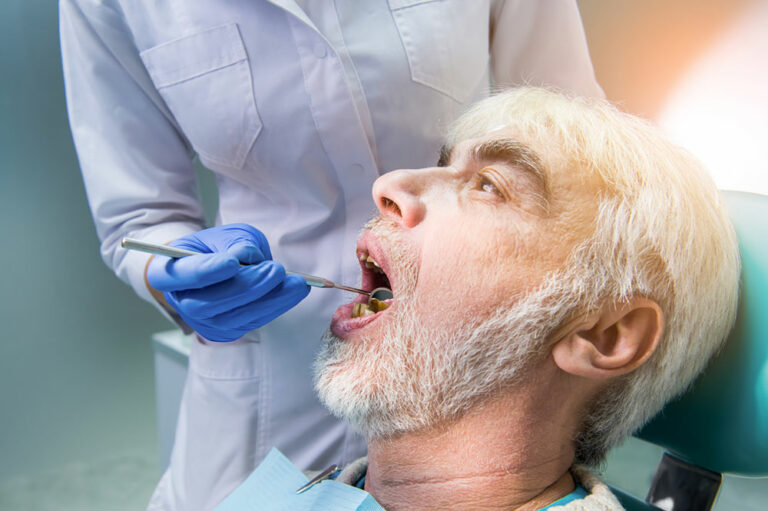
Health
6 foods to avoid while managing neuropathy
Neuropathy, also called peripheral neuropathy, is not a single health condition. Rather, the term refers to various issues affecting the nerves outside the spinal cord and brain (peripheral nervous system) and their associated symptoms. Generally, the conditions can affect the hands and feet, causing tingling, pain, and numbness. Just like some of the other health conditions affecting the human body, neuropathy can be managed by making lifestyle modifications and meeting one’s nutritional requirements. Managing neuropathy – 6 foods to avoid On the one hand, some foods can help deal with the symptoms, while others are best avoided as they can aggravate the signs of neuropathy. So, to aid patients in the process, here are the foods to be avoided. Pizza Although fast foods are convenient, one must not ignore their effects on the body. Typically, pizza and other types of takeaway foods lack nutritional benefits. Moreover, in the case of pizza, the crust is a source of gluten, which can trigger nerve issues and pain in some patients. Additionally, gluten can be found in seemingly unexpected sources such as soy. If neuropathy patients consume gluten-containing foods, chances are their bodies may not be able to digest them properly. Instead, it can aggravate issues like nerve inflammation.
Read More 





